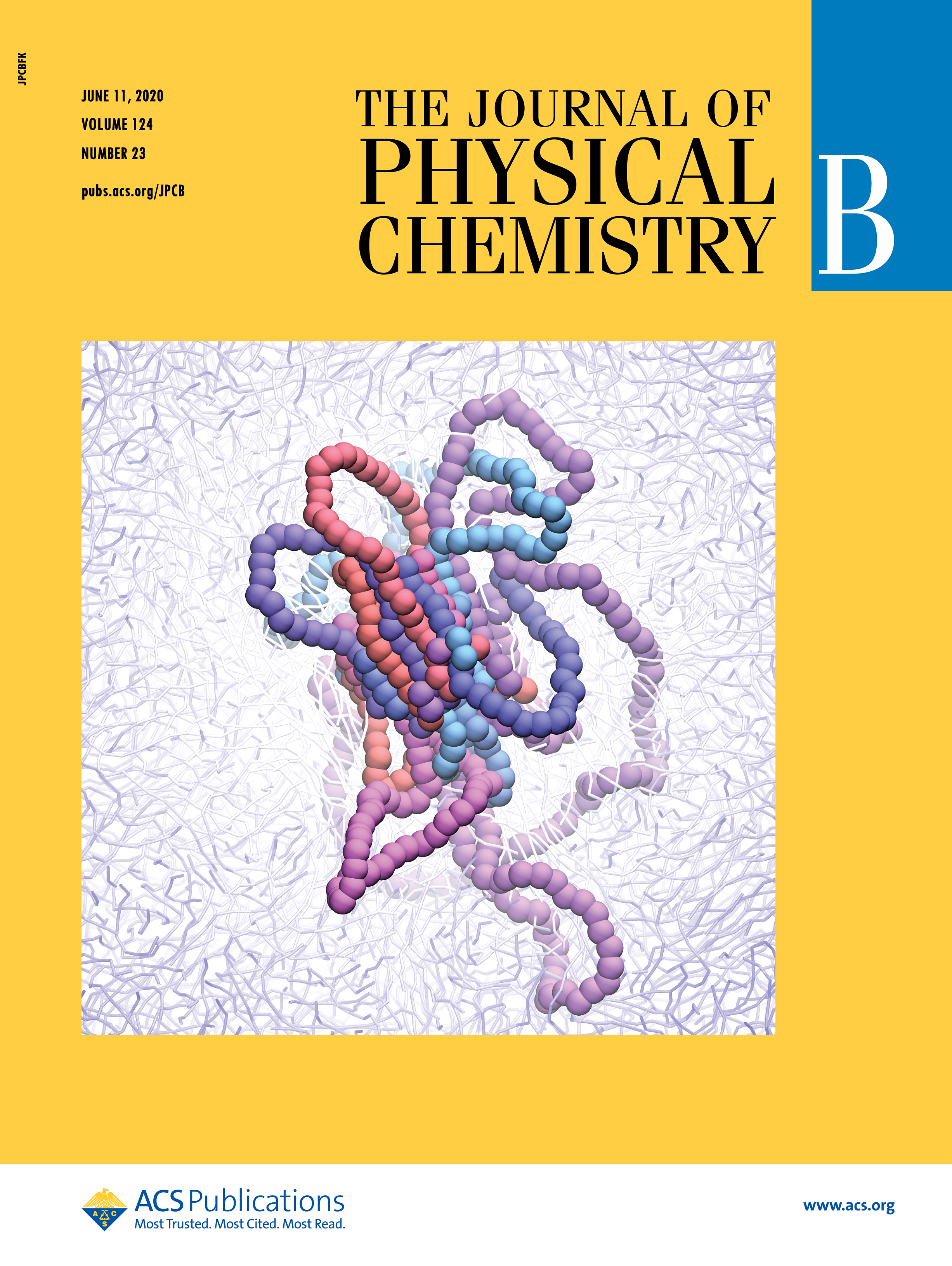
Kyle Wm Hall,* Simona Percec, Wataru Shinoda, Michael L Klein
J. Phys. Chem. B, 124, 4793-4804 (2020).
Spatial distributions are presented that quantitatively capture how polymer properties (e.g., segment alignment, density, and potential energy) vary with distance from nascent polymer crystals (nuclei) in prototypical polyethylene melts. It is revealed that the spatial extent of nuclei and their interfaces is metric-dependent as is the extent to which nucleus interiors are solid-like. As distance from a nucleus increases, some properties, such as density, decay to melt-like behavior more rapidly than polymer segment alignment, indicating that a polymer nucleus resides in a nematic-like droplet. This nematic-like droplet region coincides with enhanced formation of ordered polymer segments that are not part of the nucleus. It is more favourable to find non-constituent ordered polymer segments near a nucleus than in the surrounding metastable melt, pointing to the possibility of one nucleus inducing the formation of other nuclei. In this vein, there is also a second region of enhanced ordering that lies along the nematic director of a nucleus, but beyond its nematic droplet and fold regions. These results indicate that crystal stacking — a key characteristic of lamellae in semi-crystalline polymeric materials — begins to emerge during the earliest stages of polymer crystallization (i.e., crystal nucleation). More generally, the findings of this study provide a conceptual bridge between polymer crystal nucleation under non-flow and flow conditions, and are used to rationalize previous results.
